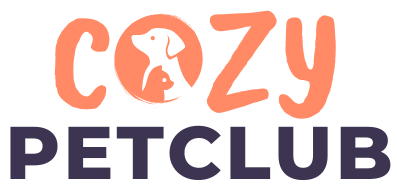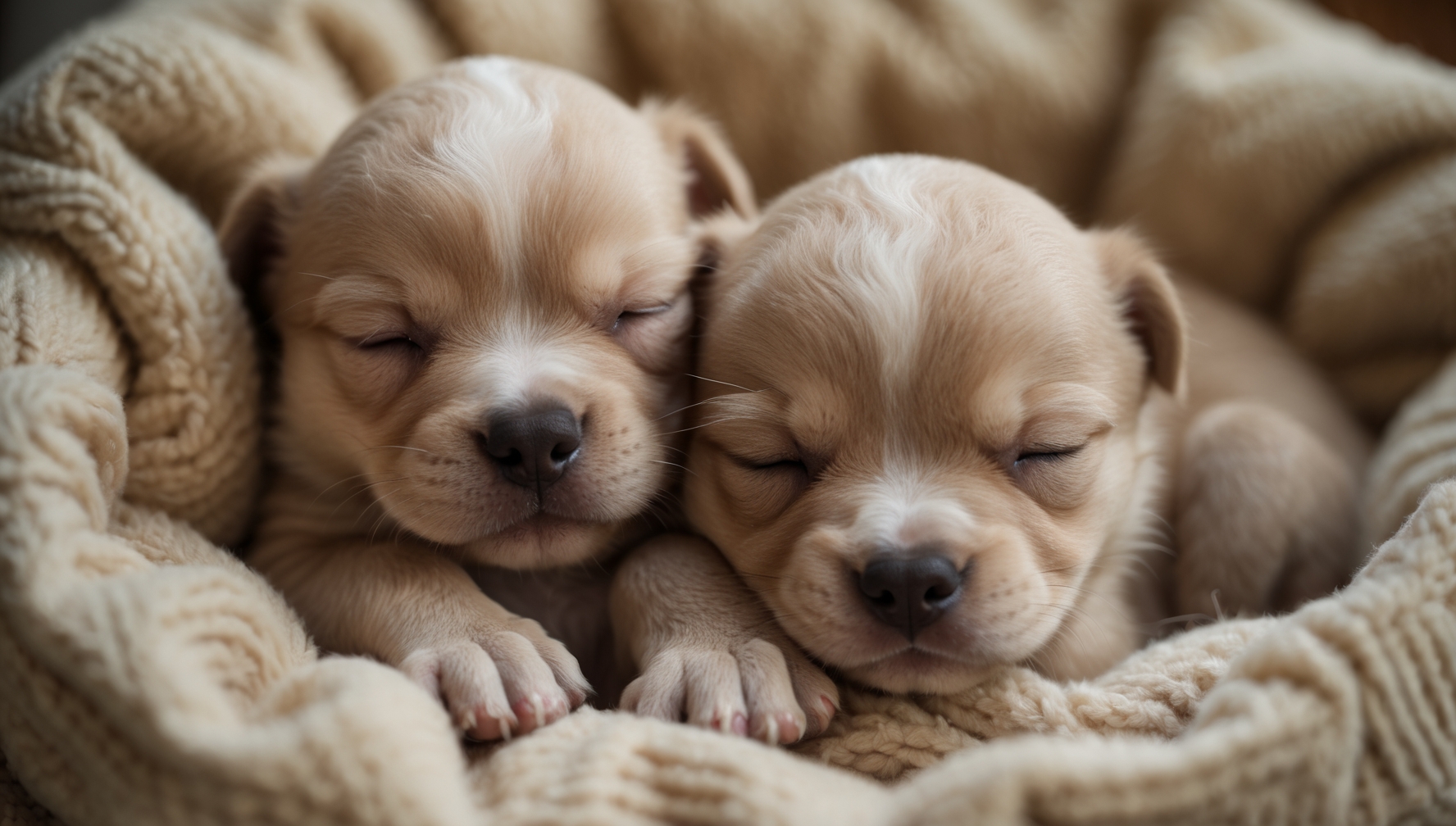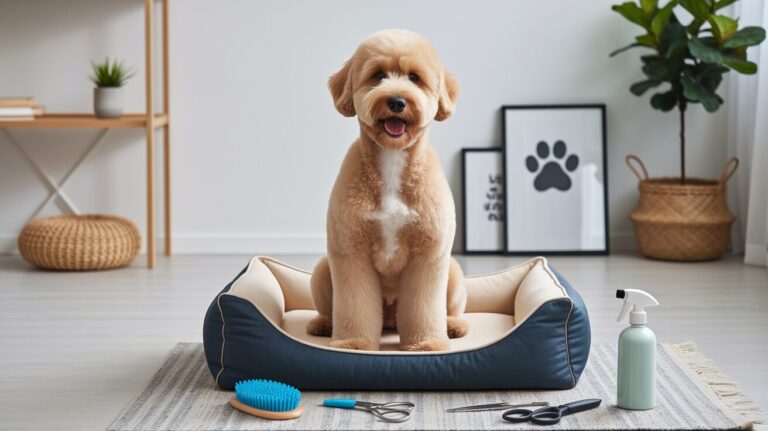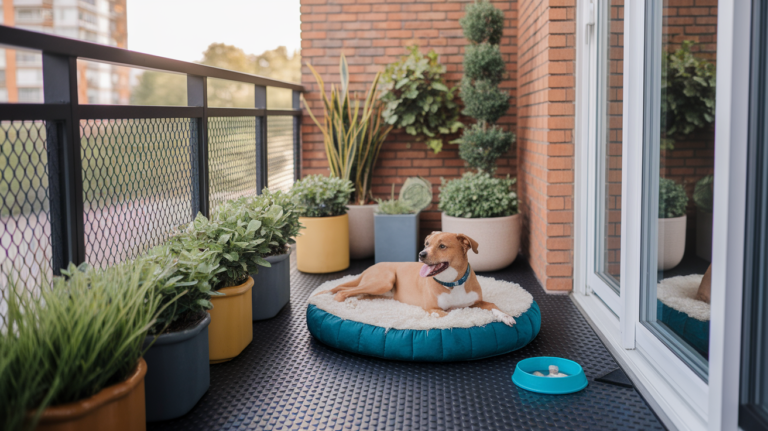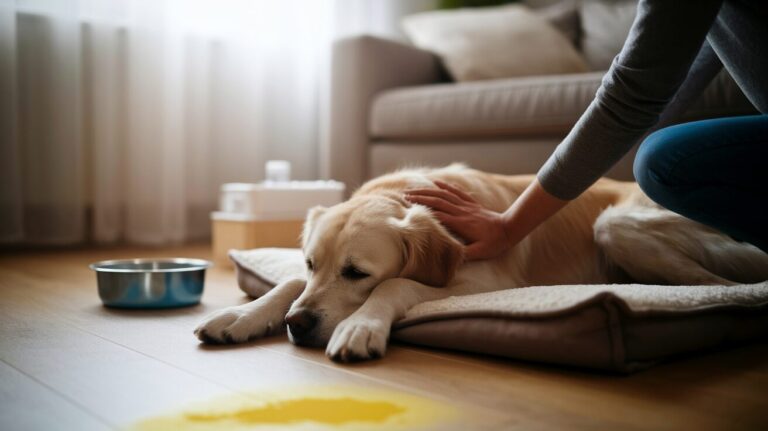Newborn Puppy Care Week by Week: Milestones You Need to Know
Bringing new life into the world is magical. When I welcomed my first litter of puppies, I felt overwhelmed—but also full of love and curiosity. If you’re about to do the same, you’re not alone. It’s completely normal to feel both excited and a little nervous.
Those first eight weeks? They fly by. And they’re full of changes that matter. By understanding the newborn puppy care week by week journey, I’ve found it’s easier to support the pups through each transition—and you can too.
From tiny, wobbly legs to curious barks, each stage is special. Let me walk you through the key puppy development stages, week by week. And yes, I’ve included a downloadable checklist to keep things simple!
Week 1: The Neonatal Stage
This week, the puppies rely completely on their mom. They can’t see or hear yet, and they need warmth, food, and rest.
What I Saw:
- Eyes and ears closed.
- Sleeping constantly.
- Nursing every two hours or so.
What Helped:
- I kept their area cozy (around 85–90°F).
- I handled them gently and only when needed.
- I weighed them daily using a kitchen scale to monitor growth.
Any signs of weakness or crying got my attention fast. Catching issues early was key.
Week 2: Eyes Begin to Open
Around day 10 to 14, I noticed their tiny eyes opening. Their movements became slightly stronger, and I started seeing more of their personalities.
Changes I Noticed:
- Eyes opening (still foggy vision).
- Ears beginning to open.
- A little more wiggling and scooting.
What I Did:
- Gently handled them in short sessions to help them adjust to touch.
- Checked their eyes for any swelling or discharge.
It was so sweet seeing them recognize my voice for the first time.
Week 3: Sensory Awakening
This is one of my favorite weeks. Suddenly, the puppies were reacting to sound and light—and even each other.
Major Milestones:
- First little barks and growls.
- Some were trying to stand.
- Teeny teeth began poking through.
How I Helped:
- I added a soft blanket and puppy-safe chew toys.
- Short playtime helped them explore gently.
- If mom stopped cleaning them, I stepped in with a damp cloth to help stimulate elimination.
I laughed the first time I heard one of them bark in surprise at their reflection.
Week 4: Playtime Begins & Weaning Starts
Puppies became more curious. They wrestled, explored, and showed interest in food.
New Developments:
- Play fighting with littermates.
- Teeth in full swing—teething began.
- More mobility around their pen.
My Tips:
- I started weaning with puppy gruel (kibble soaked in warm water).
- Let visitors meet them—always supervised and calm.
- Clean-up was constant, but totally worth it.
This was when they started following me around—so cute!
Week 5: Personalities Start to Shine
Each puppy started showing their vibe. One was fearless, another was a total snuggler.
Happening Now:
- Barking, growling, tail-wagging.
- Beginning to learn from littermates.
- Exploring new toys and people.
How I Encouraged Growth:
- Brought in different people to handle them.
- Started potty pad training in a specific area.
- Gave them toys to build confidence.
This week is key for early puppy socialization. Gentle, positive experiences now shape how confident they’ll be later.
Week 6: Learning & Bonding
They were more independent by this point, but still needed structure.
Big Changes:
- Eating solid food easily.
- Learning bite inhibition (thanks to littermate play).
- Ready for crate introduction.
What Worked for Us:
- Introduced the crate with a soft blanket and toy.
- Used simple voice cues—“come,” “sit,” “no.”
- Took them for a short car ride to prep for the vet visit.
Watching them fall asleep cuddled in their crate was the best.
Week 7: Preparing for the Real World
This week was all about getting them ready for their future homes.
Noteworthy Growth:
- Improved coordination.
- Learned boundaries during play.
- Responded better to human voices.
To-Do’s I Followed:
- Introduced gentle grooming tools.
- Played recordings of household sounds (doorbell, vacuum).
- Gave each one one-on-one time.
This kind of exposure really helps reduce anxiety once they’re adopted.
Week 8: Ready for Forever Homes
This week was emotional. I knew they were ready—but parting was hard.
What They Could Do:
- Eat independently.
- Respond to names.
- Go for vet visits and vaccinations.
What I Made Sure Of:
- Sent each pup home with a comfort toy or blanket.
- Shared the printable checklist and feeding schedule with adopters.
- Gave a copy of their vaccination and health records.
The goodbyes were bittersweet, but watching them thrive in their new homes? So worth it.
Downloadable Checklist: Puppy Milestones Tracker
I created a free printable checklist that tracks each week’s milestones. Whether you’re a breeder or just raising a single pup, it’s so helpful.
Includes:
- Weekly developmental milestones.
- Feeding and weaning plan.
- Socialization checklist.
- Vet visit and vaccine tracker.
Print it, pin it to the fridge—it’ll keep you on track.
Common Puppy Care FAQs
When do puppies open their eyes?
Usually around days 10–14.
How often should I weigh them?
Daily at first, then weekly after Week 2.
Can I touch newborn puppies?
Yes, but only briefly and gently during the first two weeks.
When do they start eating solid food?
I began offering mushy kibble during Week 4.
What temperature should the whelping area be?
Start at 85–90°F and slowly lower it to 75°F by Week 4.
Final Thoughts
Caring for a litter might feel overwhelming, but it’s one of the most beautiful things I’ve ever done.
By learning the puppy stages week by week, I felt more prepared—and you will too. The journey of newborn puppy care week by week isn’t always perfect, but it’s packed with learning, love, and unforgettable moments.
Take it one day at a time. Lean on your vet, ask questions, and trust your instincts.
Download the checklist. Deep breath. You’ve totally got this.
